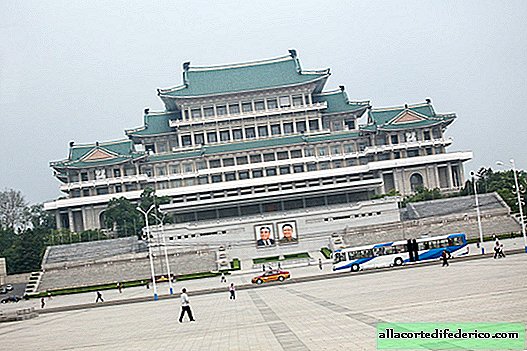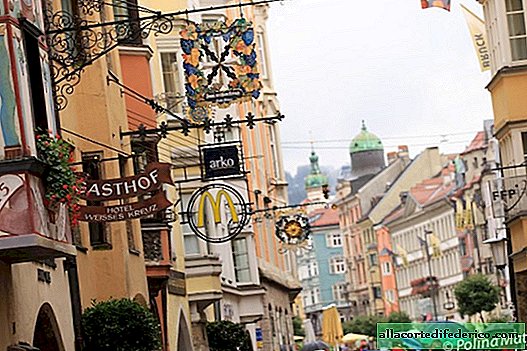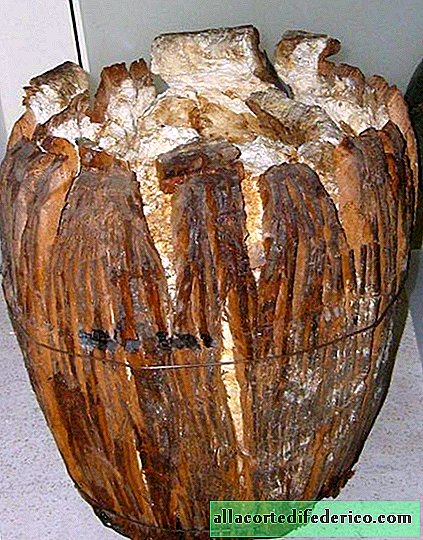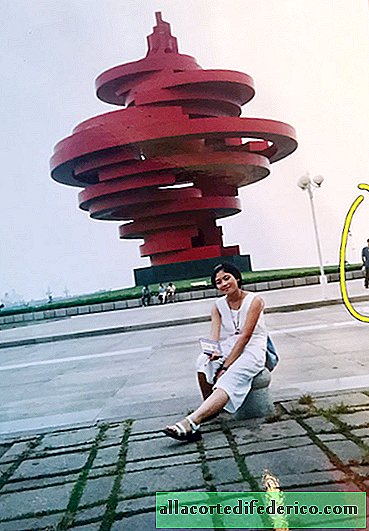Secret laboratory at Dynamo station and other interesting facts about the metro
The Moscow Metro was opened back in 1935. But despite the fact that over the years it has become one of the largest underground transport systems in the world, it continues to expand. By designing stations opened in different eras, we can trace the history of our country over the past 80 years. Well, if you want to learn more interesting about the life of the capital's subway itself, then we suggest that you familiarize yourself with the list of interesting facts that we managed to collect.
Secret Metro Laboratory

In 1940, in the office premises at the Dynamo station there was a physical laboratory in which the properties of uranium atoms were studied. Such an unusual place at first glance was not chosen by chance. To obtain reliable data, scientists needed to hide from cosmic radiation. There were no such places on the surface, so the experts moved underground, to a depth of 40 meters, where nothing could stop them. During the work of the laboratory, Soviet physicists G. Flerov and K. Peterzhak discovered spontaneous fission of uranium nuclei.
Metro nearly blew up in 1941

In October 1941, a panic began in the capital. Due to the advance of German troops and their rapid advance to Moscow, it was decided to evacuate the country's leadership. In a few days, ministries, embassies of foreign states, a state bank with all the cash stored in it, and the general headquarters were taken out. And in order that in case of the capture of the city industrial enterprises would not fall to the enemy, everything that did not have time to evacuate should be destroyed. The Moscow Metro, which was supposed to blow up, also got on this list. According to eyewitnesses, the metro did not work on October 16, and this was the only day in history when the metro was closed. In all likelihood, preparatory work on mining was carried out that day. But, fortunately, the situation at the front stabilized and the metro was saved.
Bunker at the Taganskaya station

From the Taganskaya station there is an underground tunnel that leads to the once-secret shelter - a bunker, which was supposed to be a defense in the event of a nuclear strike. It was built in the 50s of the last century and was intended to evacuate the country's leadership. The object was built in the strictest secrecy, and until the 1990s, only a narrow circle of people knew about it. Nowadays, the museum is located in the bunker, and everyone can visit it.
Floods in the subway

Today in the Moscow Metro there are several pumps that constantly pump out groundwater, threatening to flood the tunnels. Each breakthrough and seepage of groundwater is a real disaster that paralyzes the work of the subway. But this is a kind of payment for the underground location - despite all the measures taken to strictly tighten the tunnels, water often finds its way and forces subway workers to close stations and engage in urgent repairs.
Radiation background

It turns out that the Kashirskaya station has a display that shows the level of the background radiation in real time. Everyone can follow the radiation situation in the subway by looking at the clock installed at the end of the platform.

















